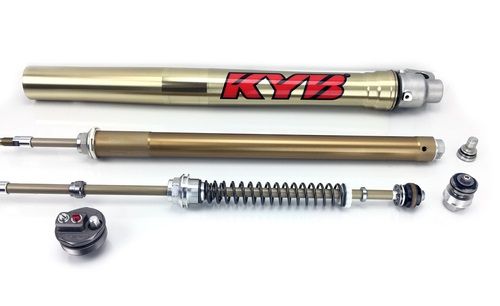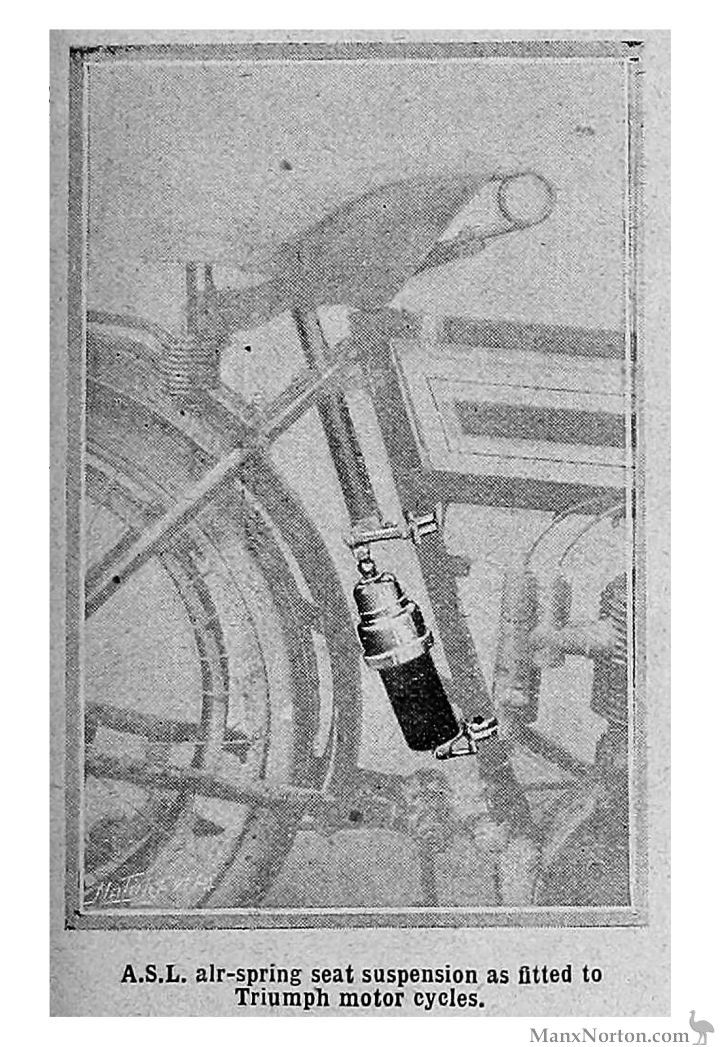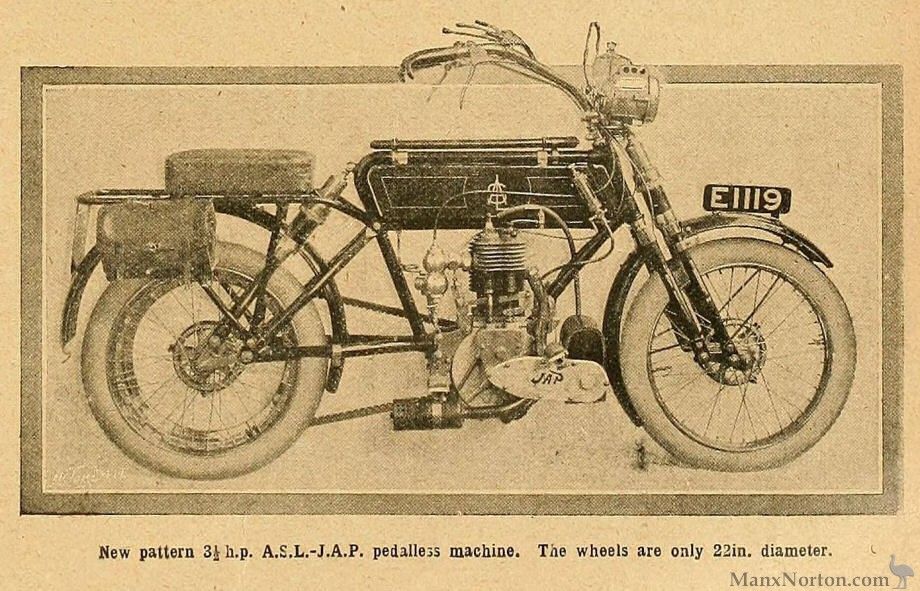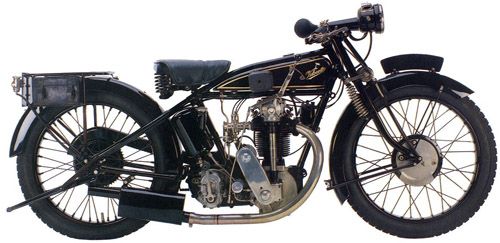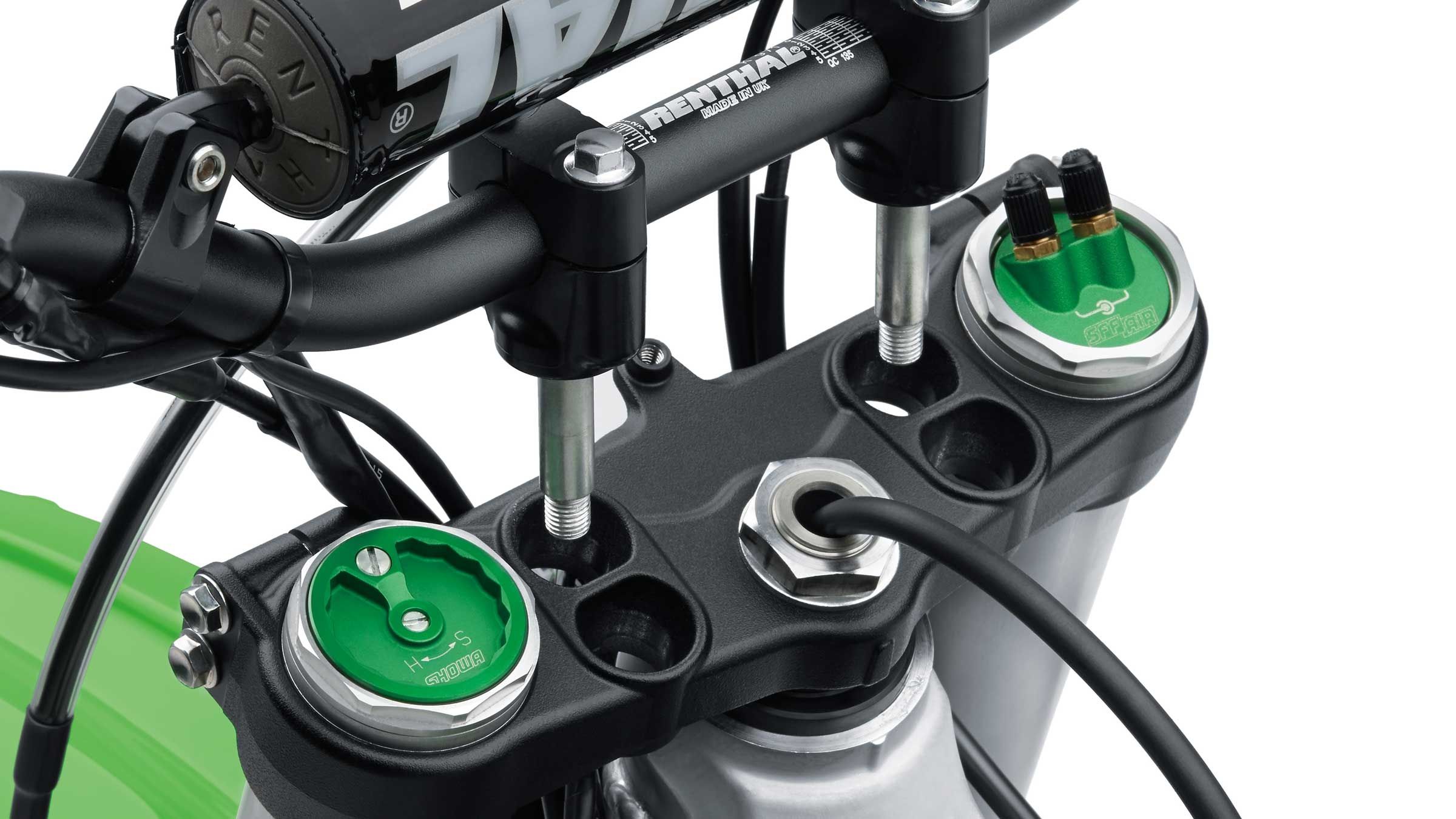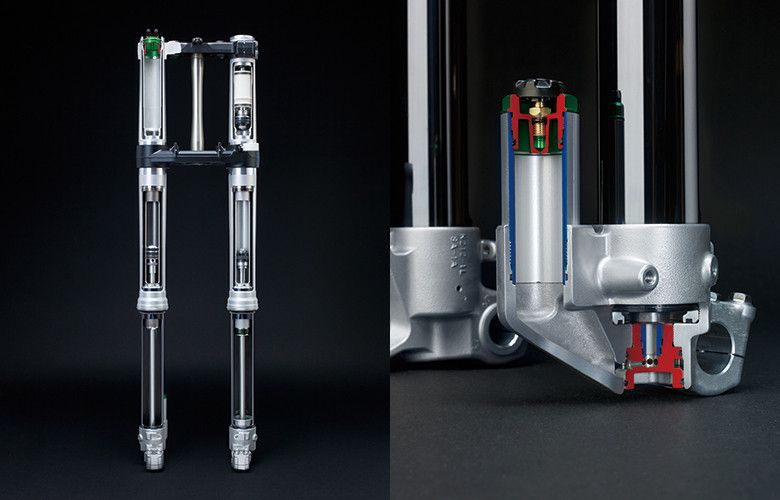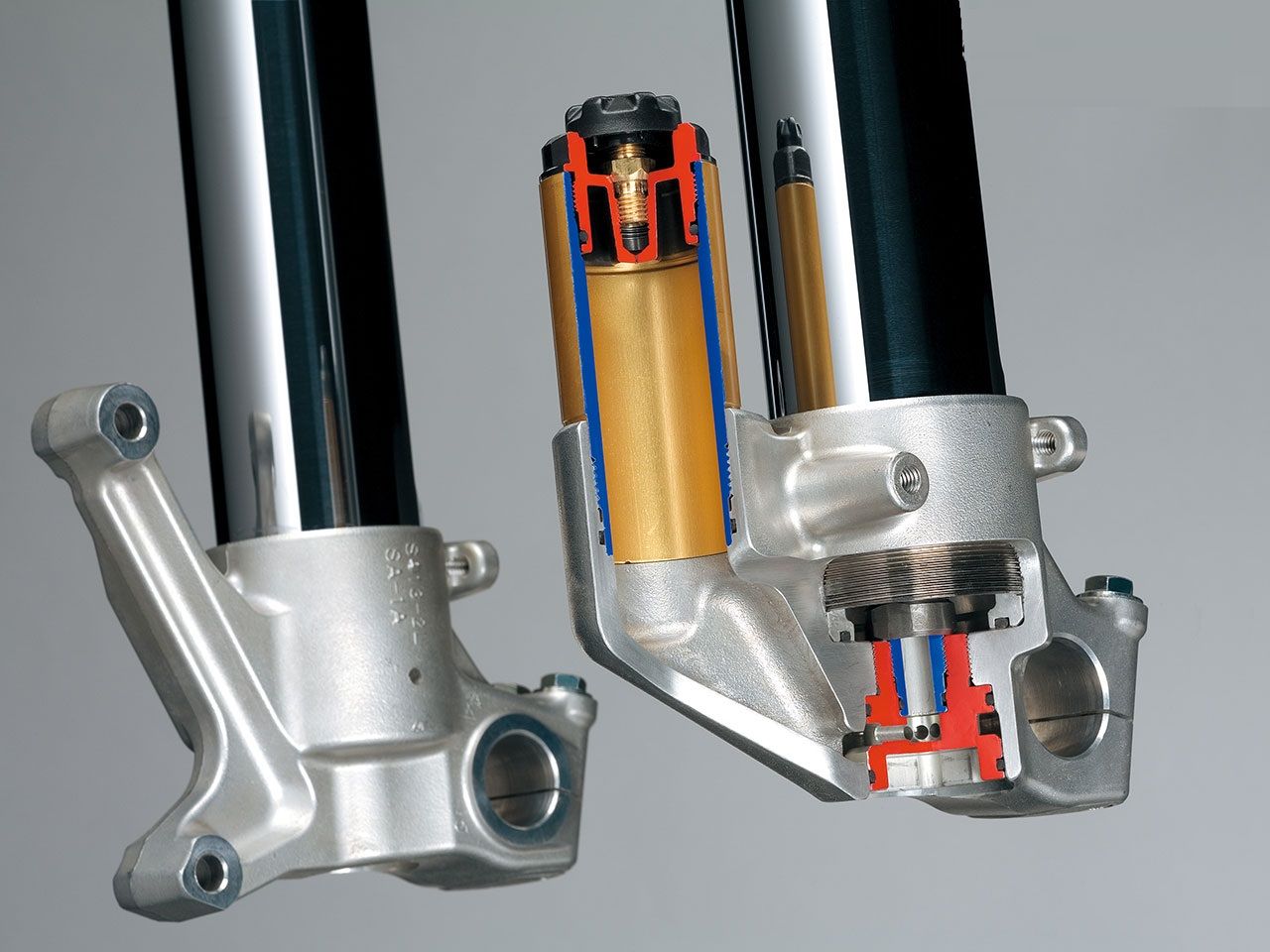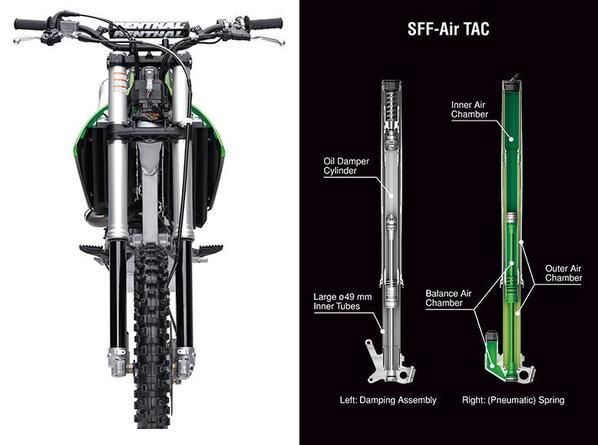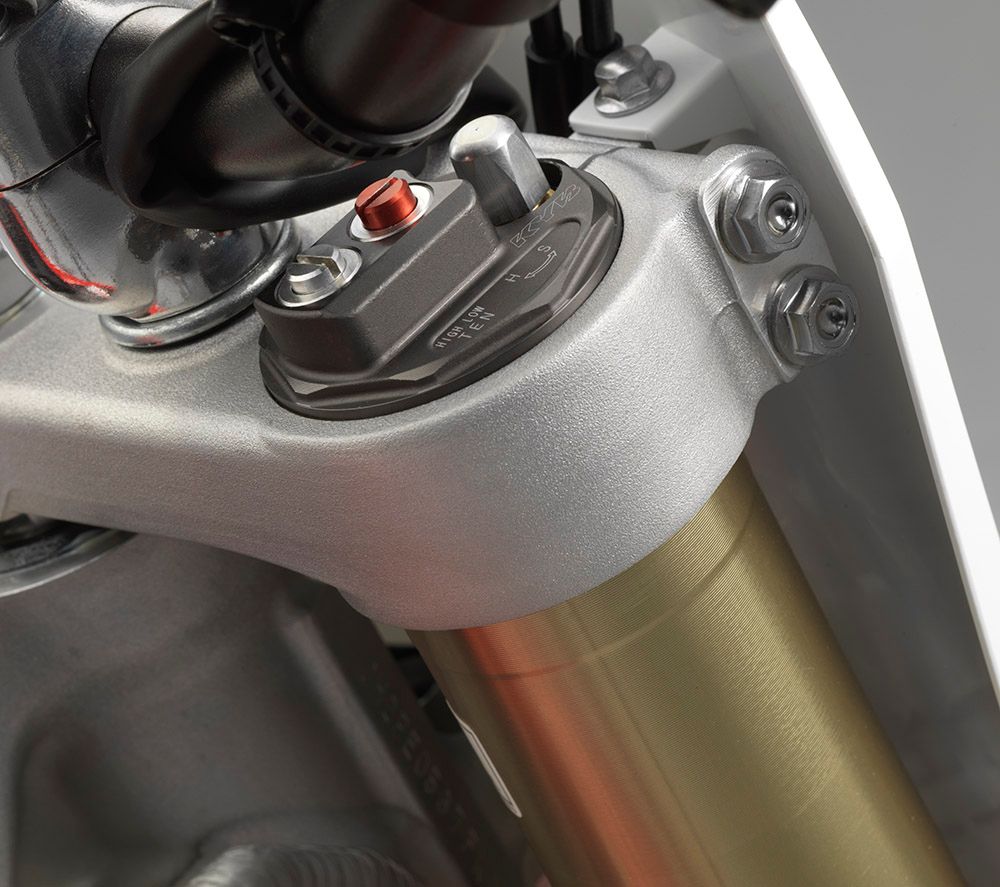The four-wheeled cars have it. Airmatic, Airdrive, Air ride, or whatever quirky adjectives they call it with, car mongers love them. Air suspension gives them a ride as though you were literally floating in the air since there does not exist any mechanical part connecting the tires and the body other than pure air.
All this high tech is reserved for four-wheelers for one simple fact, the availability of space. To carry a compressor, rubber bellows, and an air-pump, one needs enough space available in the chassis. Yet, the idea of using the compressibility of air as a spring on two-wheelers is as old as 1910.
In 1910, a spring manufacturer named ASL (Air Springs LTD) built an all-air-sprung device that was retro-fitted onto ASL and British motorcycles. Then in 1939 another British maker, Velocette, took the aircraft landing gear concept and engineered the oleo-pneumatic struts to motorcycle rear suspension.
By the '80s, air-suspension on motorcycles became a hot topic and makers started using large pressure reservoirs screwed to the fork caps to make the suspensions stiffen less rapidly. But this brought in many other problems.
The bikes got heavier and maintenance was also hindered since the reservoirs were quite heavy and took mechanics more time to rectify problems. In a bid to outdo the competition with better mileage claims, the makers decided to abandon this and replace with traditional lighter forks and springs we see to this day.
Things are about to change now. There has been a great deal of innovation and technological advances for companies to develop new products like the “SFF/TAC,” which decodes to Separate Function Fork/Triple Air Chamber developed by Showa. Or Kyaba’s PSF fork (Pneumatic Spring Fork).
Luckily Showa and Kyaba use an anti-spring component to buck out much of the stiffening that originally caused problems before. This allows the front wheel to rebound faster and gives better feedback to the rider.
All of this, however, make use of chambers inside the forks itself and are mainly used on dirt bikes. Not complaining though. Long travel, gas shocks, upside-down forks, and progressive-link single-shock suspensions all came onto road-going motorcycles from motocross.
A chap in Japan has retrofitted a Honda Grom with a bellow type units that inflate and deflate. The air pressure inflates the bellows, and raises the chassis from the axle and also gives better control and cushioning effect.
Pretty cool right?
Hopefully, motorcycle manufactures invest more into this promisisng technology that needs a little more fine tuning to undergo before it becomes the next big thing.

